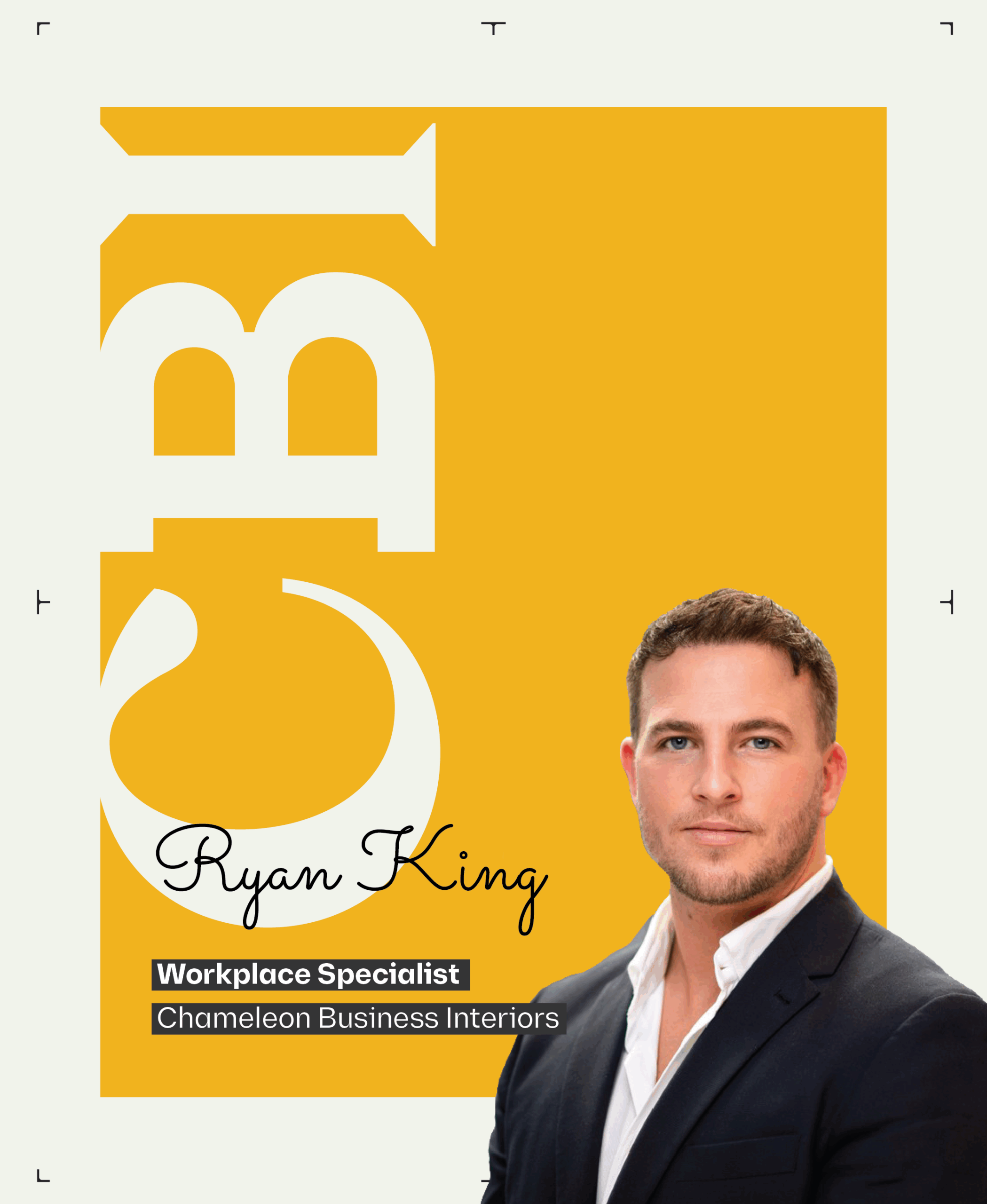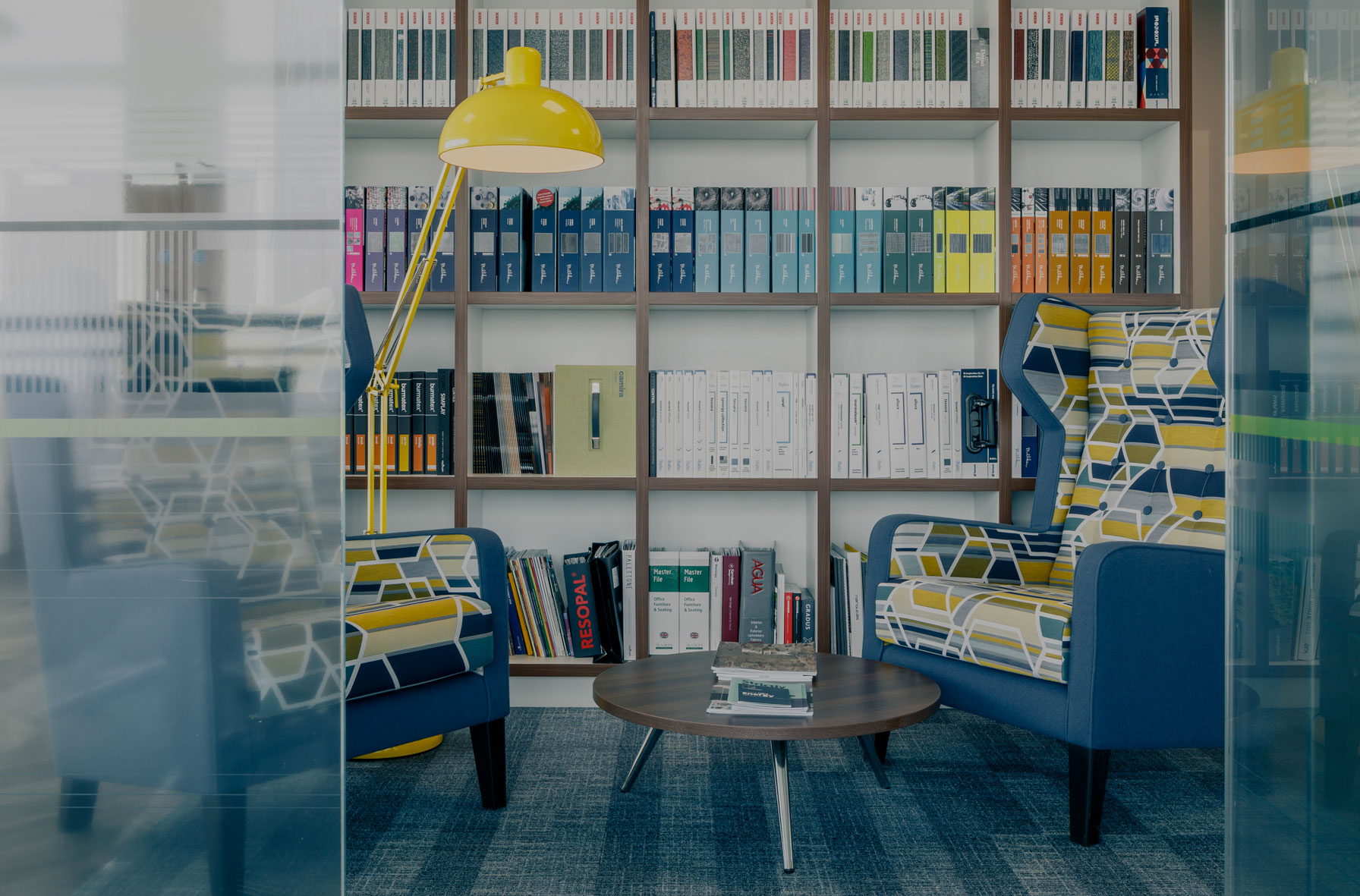
Blog
Ryan King – The People Behind The Change

Big, heavy, desktop computers meant that offices needed big, heavy-duty desks to hold them up. And it wasn’t just the computers. Think telephones, chunky keyboards, the Nokia 1011, fax machines, and a lot of wires.
Office design companies also started thinking a little more about our workforce’s wellbeing. We began to phase out the ‘80s cubicle and introduced more open areas, where workers sat on chairs with better lumbar support and armrests.
These days, employee wellbeing is one of the main priorities of office designers. We choose workplace furniture that encourages a variety of working styles. Meeting spaces, breakout booths, bench desks, standing desks and huddle pods are just some of the new furniture choices on offer for offices this decade.
We’re now thinking a lot more about our impact on the environment, and lots of workplaces are choosing furniture made from locally sourced, sustainable materials.
In August 1991, the World Wide Web was made publicly available, and this drastically impacted the design of workplaces. Even though the first email was sent way back in 1965, it wasn’t until the late 90s, when internet use exploded, that having an email address became an expectation of office workers.
The typical desktop computer had 4MB of memory and cost around £5,900. Generally, we relied on floppy disks for storage, and Google was a word used only by mathematicians.
51% of the global population now use the internet on a regular basis, compared to just 0.4% of us in 1995. As internet use has grown, so have cybersecurity demands. We now rely on cloud-based technology for our storage, and devices are ten times smaller, a lot more powerful, and less likely to make such a big dent in your annual budgets.
This has led to more dynamic, multifunctional spaces where we’re less tied to our desks and more likely to move around and communicate in real life with our colleagues.
Over the next ten years, we’re expecting big things in terms of artificial intelligence and immersive technology.
The rise in email use made it possible for teams to communicate and collaborate from outside the office. Emails also marked the beginning of the end of fax machines, making communication a little more efficient.
Bosses generally expected employees to clock in and out of work, do things efficiently, and cut back on the socialising. Businesses often followed the typical 9-5 working day, and there wasn’t much room for team-building activities.
We still use email for business communication today, but our messages tend to be shorter and more frequent. This may explain the adoption of different communication methods such as Skype, Slack, and social media channels.
Businesses are a bit more relaxed regarding working hours, and office furniture supports different working styles. As wellbeing is such a big trend, businesses are investing in non-work activities for their employees. Gyms, kitchens and social spaces are more common than ever.
View our latest projects to see how we incorporate technology, dynamic spaces and individual working practices into each of our bespoke office designs.